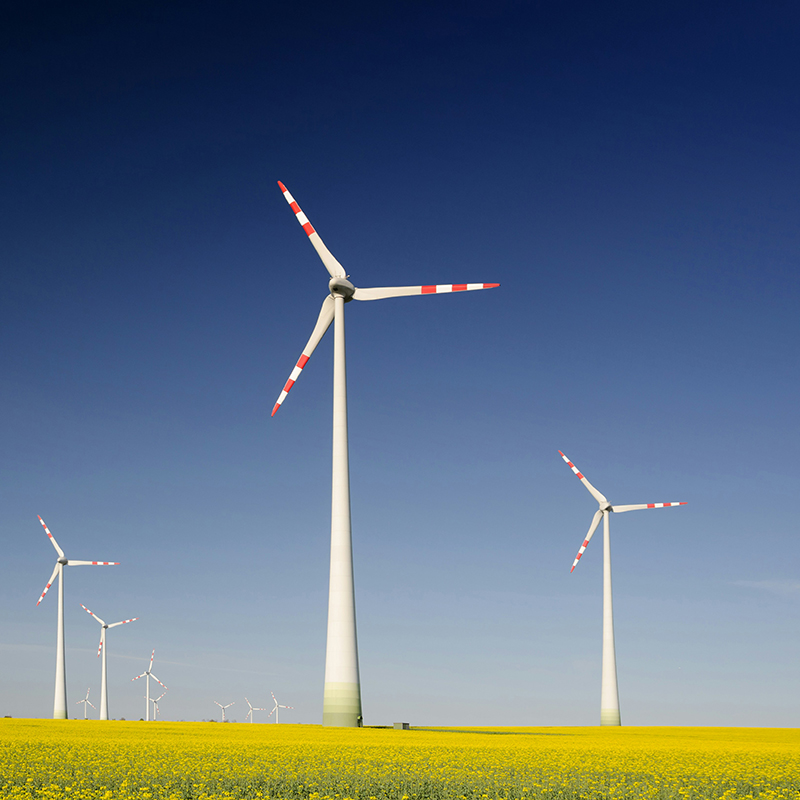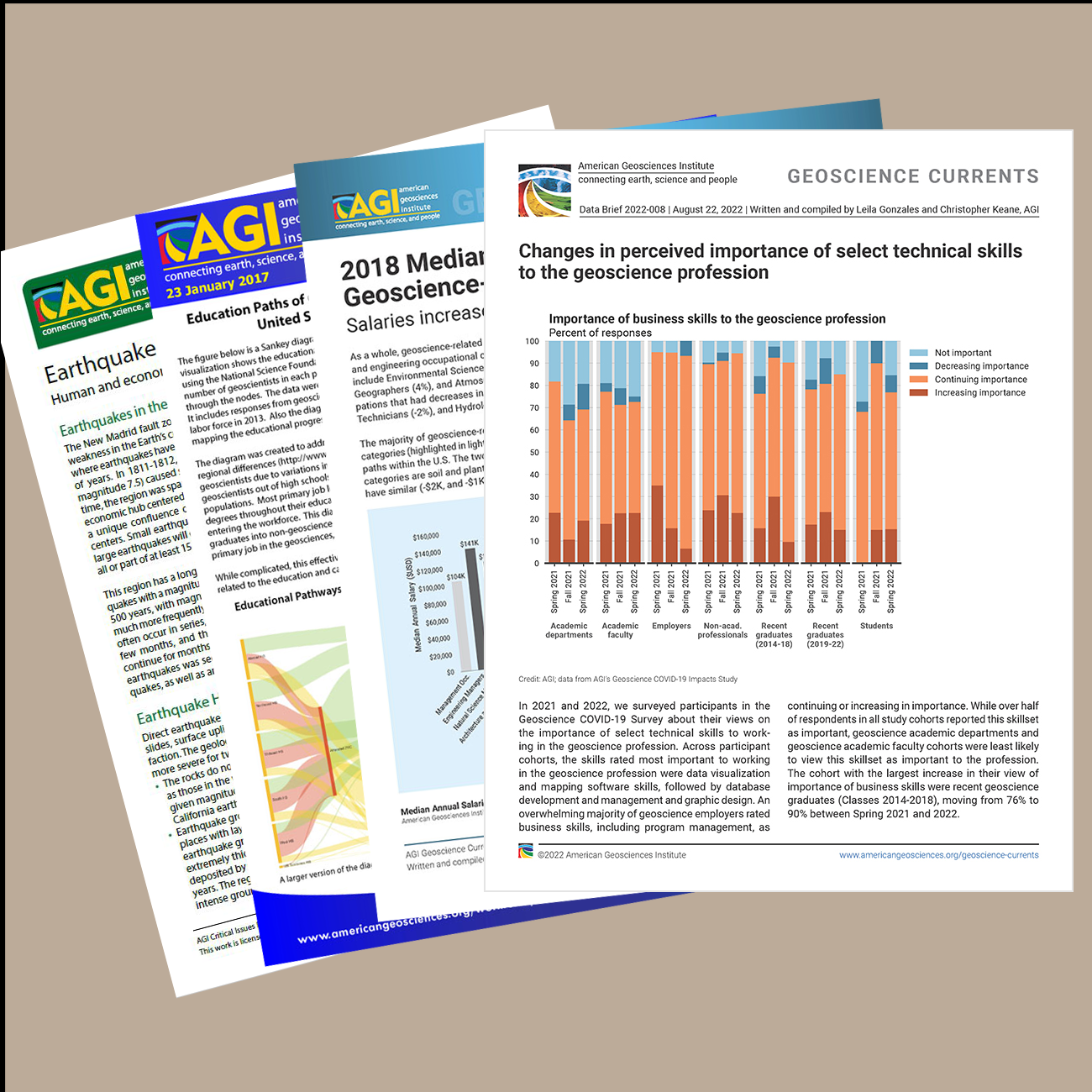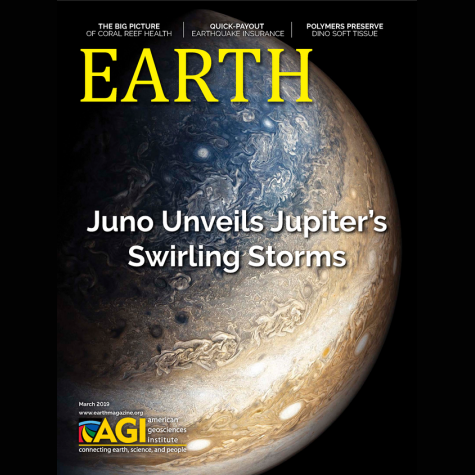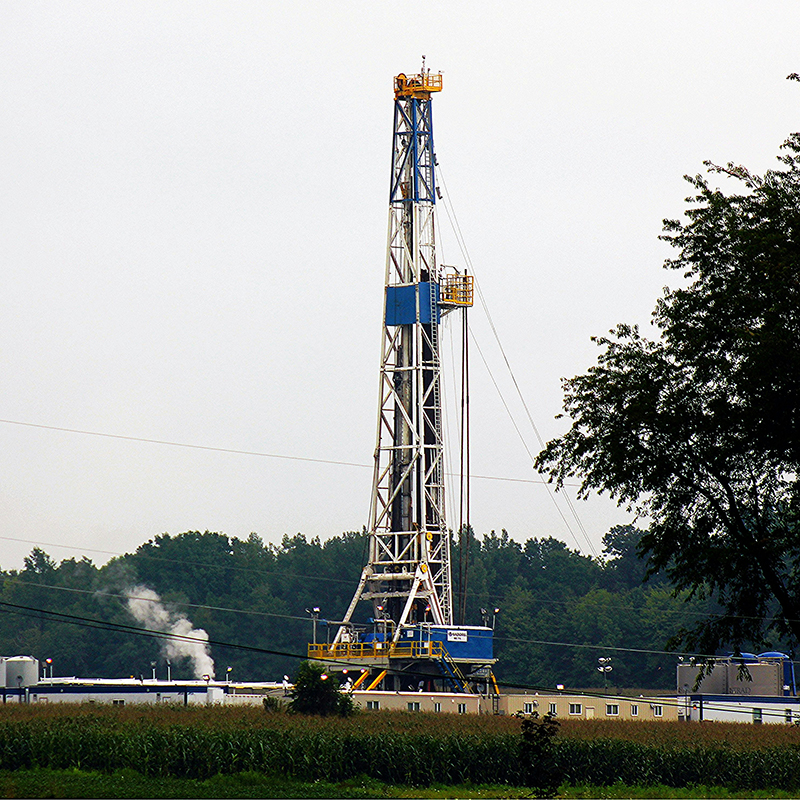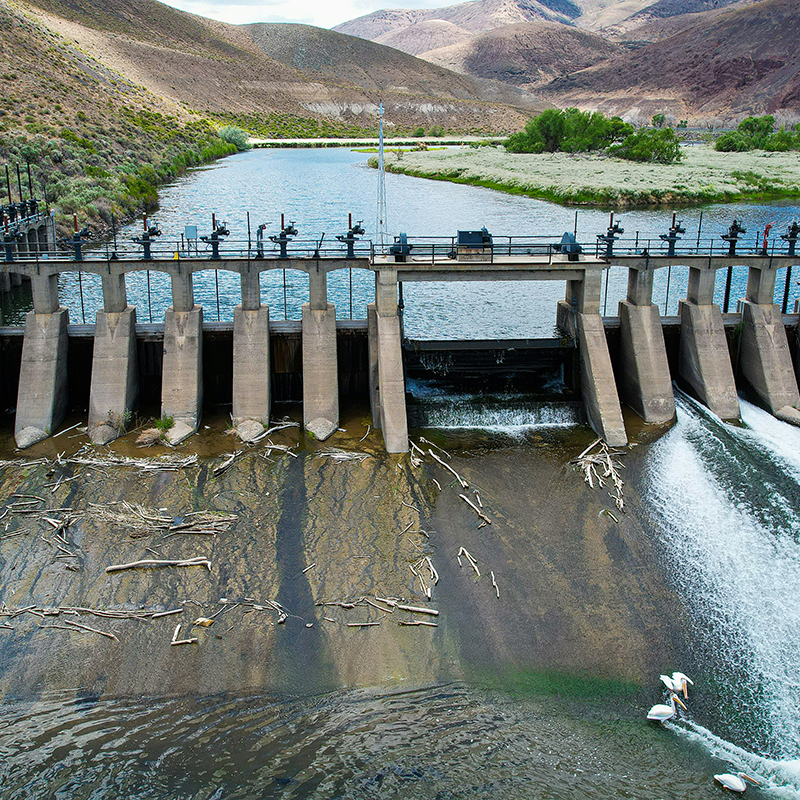Renewable Energy
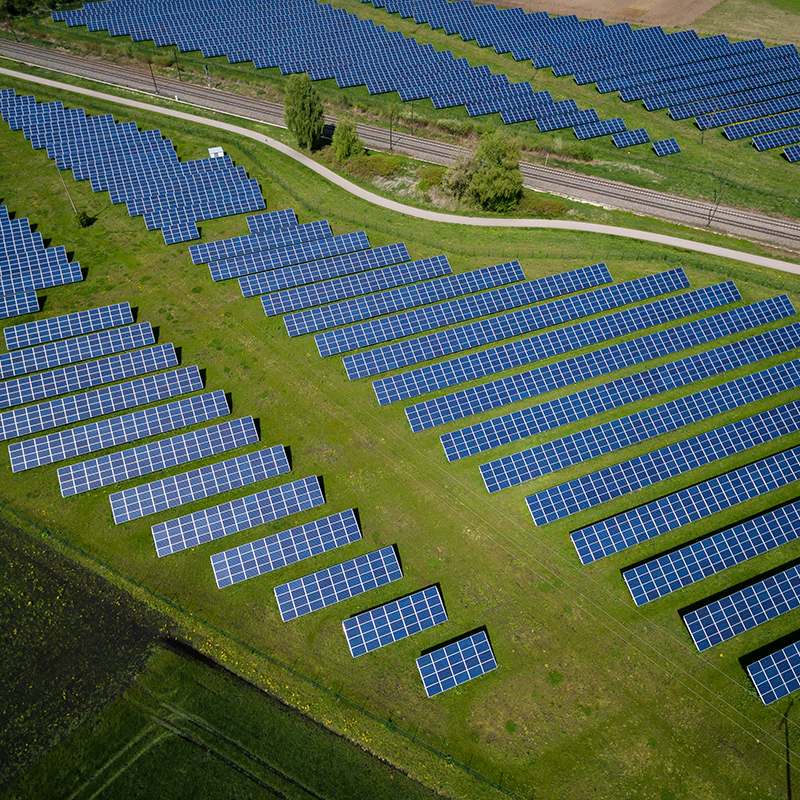
Renewable energy comes from sources that are constantly replenished, like running water, the heat of the Earth, the Sun’s light, or wind. Renewables account for around 11% of U.S. energy consumption and 17% of electricity production.
The Basics
Renewable energy comes from sources that can be replenished on a human timescale, like biomass, hydropower, geothermal, wind, and solar power. Renewable energy technologies generally have fewer environmental and health impacts than non-renewables. Like all energy sources, each renewable energy technology has its own advantages and disadvantages.
Why does renewable energy matter?
Renewable energy sources account for around 11% of U.S. energy consumption and are a fast-growing source of low-carbon electricity.[1,2] While cost can be a barrier to the adoption of renewable energy sources, rapid advances in technologies, development of robust supply chains, and policy incentives have contributed to their considerable growth in the United States in recent years.[2,3] The spread of wind and solar technologies has also contributed to increasing demand for certain minerals such as rare earth elements.
How does geoscience help inform decisions about renewable energy development?
Geoscientists study the distribution of solar, wind, hydro, tidal, and geothermal energy resources, and help to identify suitable sites for their development. They assess the impacts of renewable energy development on climate, local ecosystems, and water resources. They also locate and extract the minerals used in many renewable energy technologies such as wind turbines and solar panels.
References
1 Renewable Energy Explained, EIA
2 Electricity in the United States, EIA
3 State Renewable Portfolio Standards and Goals, National Conference of State Legislatures
Learn More
Introductory Resources
-
What You Need to Know About Energy: Renewable Sources, The National Academies
An in-depth overview of the current role of each energy source in the United States, the benefits and disadvantages of each energy source, and opportunities and challenges for using that energy source in the future. (Discusses geothermal, wind, solar, hydroelectric, biomass.) -
Renewable Energy Explained, Energy Information Administration
A basic discussion of the five commonly used renewable energy sources (biomass, hydropower, geothermal, wind, and solar). Briefly overviews where each type of energy is found and how it is harnessed or utilized. Also provides a general overview of the role of renewable energy in the United States and barriers to renewable energy adoption. -
Learning About Renewable Energy, National Renewable Energy Laboratory
Basic overview of renewable energy sources and technologies, including biomass, geothermal, hydrogen & fuel cells, hydropower, ocean, solar, and wind energy. Provides links to more information on research on these technologies.
Resources for Educators
-
Education GeoSource Network (EGS), AGI
Search for renewable energy resources related to professional resources, curricula & instruction, teaching media, outreach programs, and other EGS collections. -
NGSS Performance Expectations, Next Generation Science Standards
K-ESS3-1, 4-ESS3-1, MS-ESS3-1, HS-ESS3-1, HS-ESS3-2 -
NGSS Disciplinary Core Ideas, Next Generation Science Standards
ESS3.A
Additional Resources
Explore Related Topics
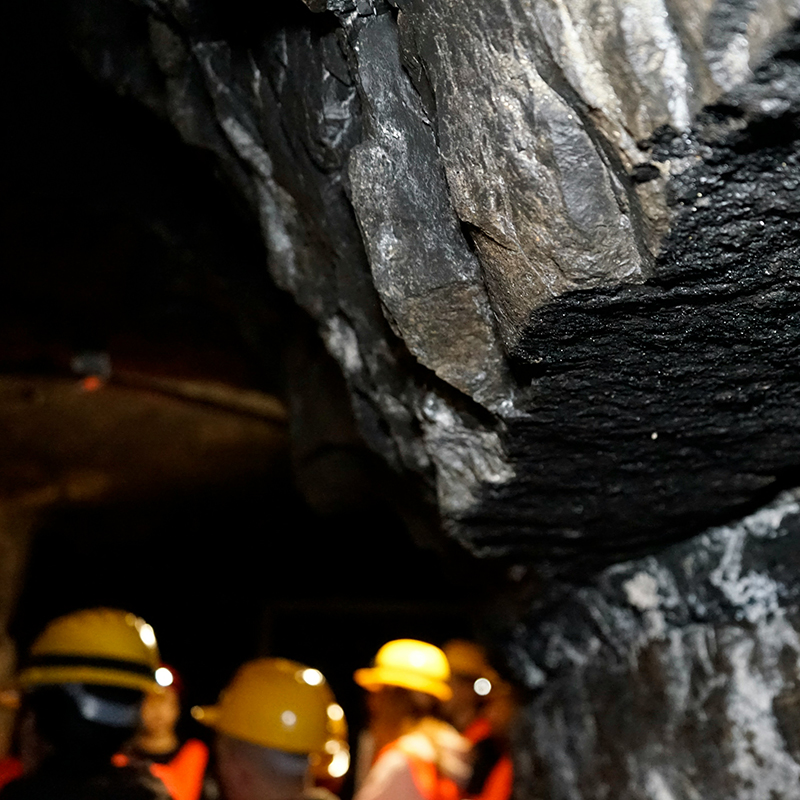
Coal is a carbon-rich rock formed from plants that grew millions of years ago. Coal is a major source of electricity in the United States and the largest source of energy for electricity generation worldwide.
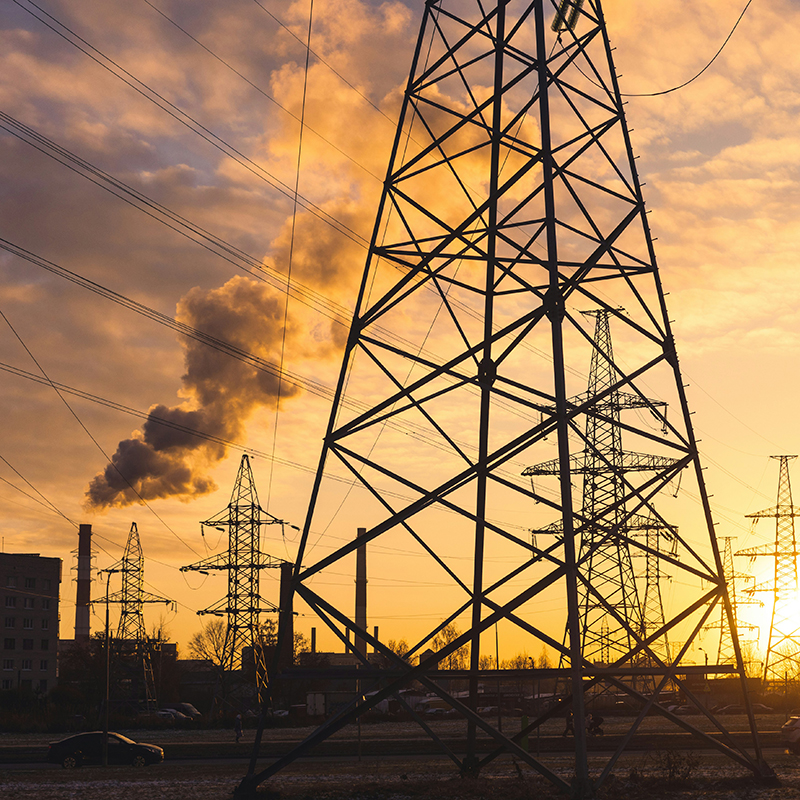
All of the energy we use comes from the Earth, its atmosphere, or the Sun. Some resources are mined or extracted, like coal, uranium, oil, and gas. Others, like wind, solar, tidal, biomass, and hydropower resources, are harnessed at the Earth’s surface. Geoscientists play an essential role in developing energy resources and evaluating their environmental impacts.

Geothermal energy is harvested by drilling into underground reservoirs of steam or water heated by the Earth. While western states like California and Nevada lead the country in geothermal energy production, emerging technologies may make it possible to extract geothermal energy throughout the United States.
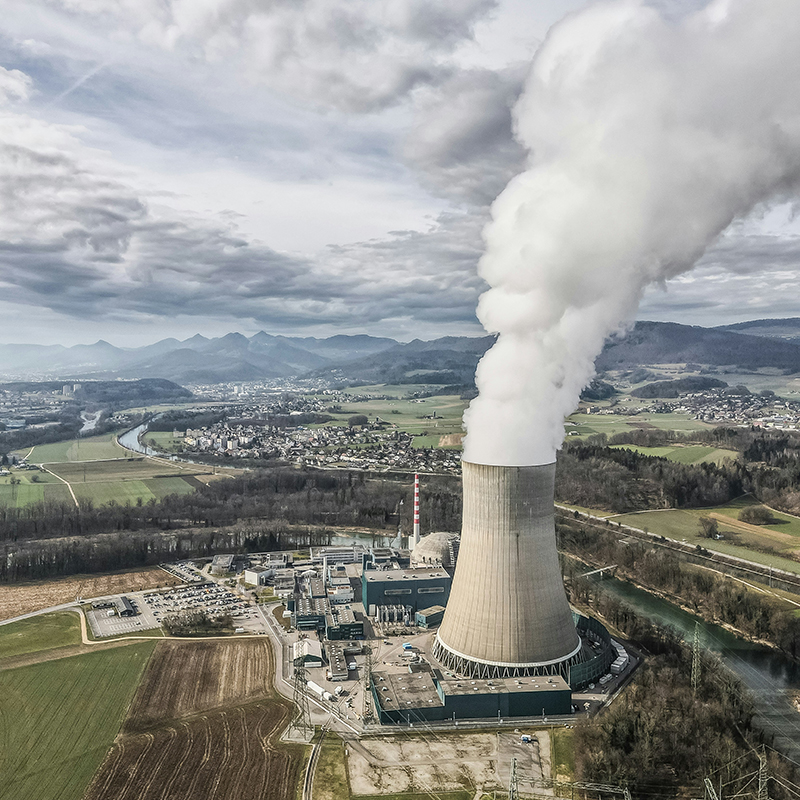
Nuclear energy is produced from fission, which splits the large atoms of heavy elements like uranium into smaller atoms, releasing enormous amounts of energy. Thirty U.S. states have nuclear power plants, and nuclear energy makes up around 20% of the U.S. electricity supply.

Solar energy is energy from the Sun, which can be harnessed in several ways. Solar panels use the photovoltaic effect to generate electricity directly from sunlight. The Sun’s heat can be used directly to heat water or air, or it can be concentrated to boil water, driving steam turbines that generate electricity.
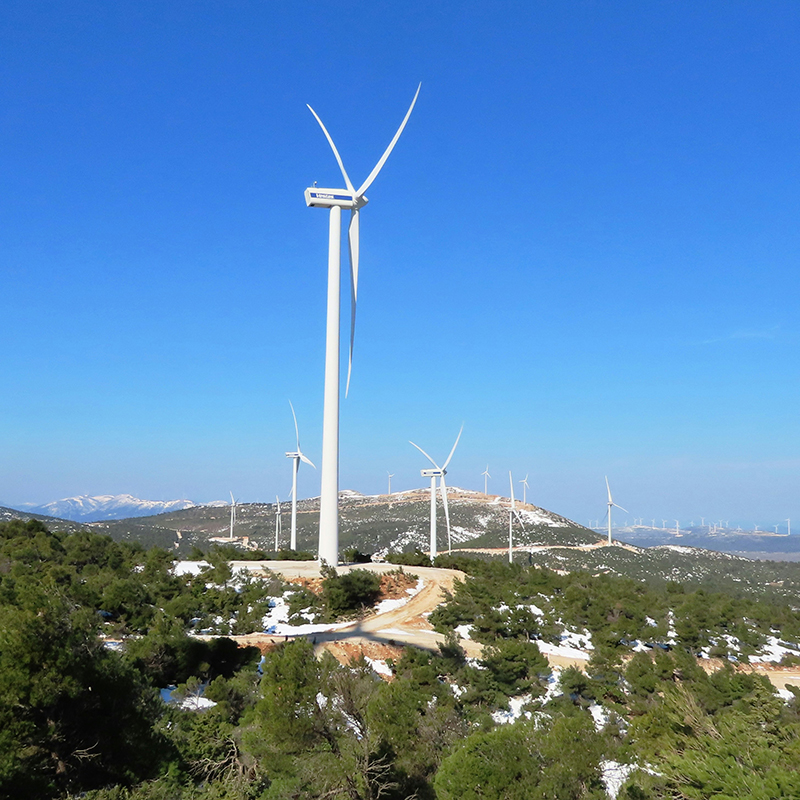
Wind energy is harnessed by wind turbines, which convert the energy of the wind into electricity. Wind energy is one of the largest sources of renewable energy. Wind farms can now be found in more than 40 states.

